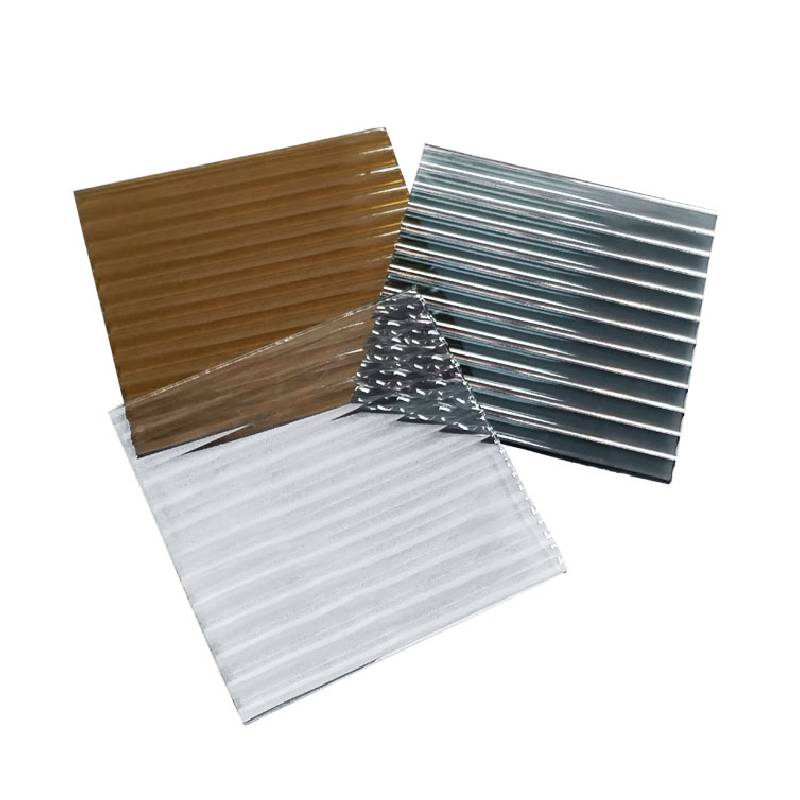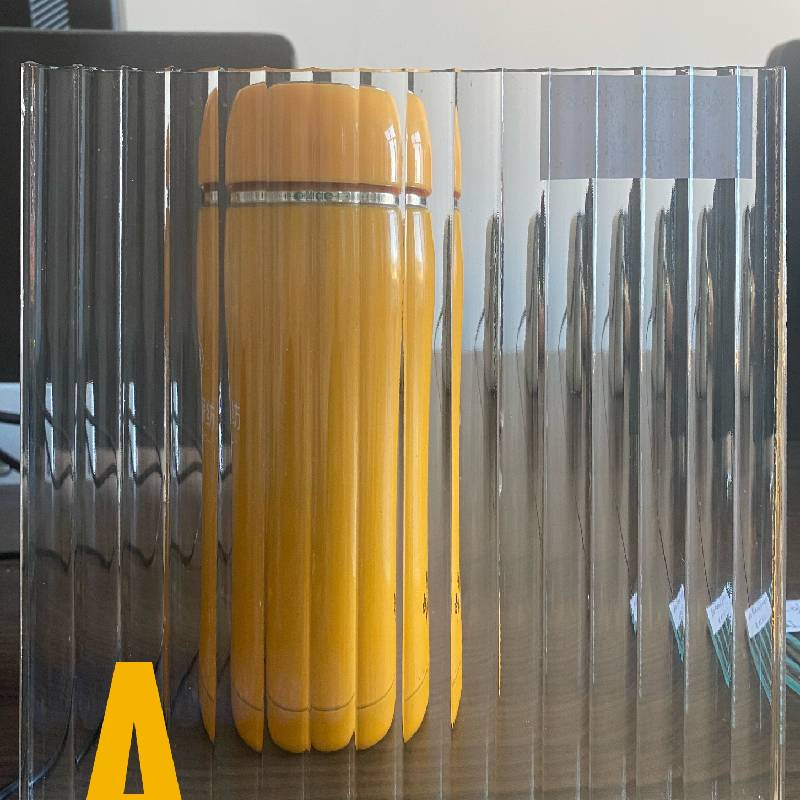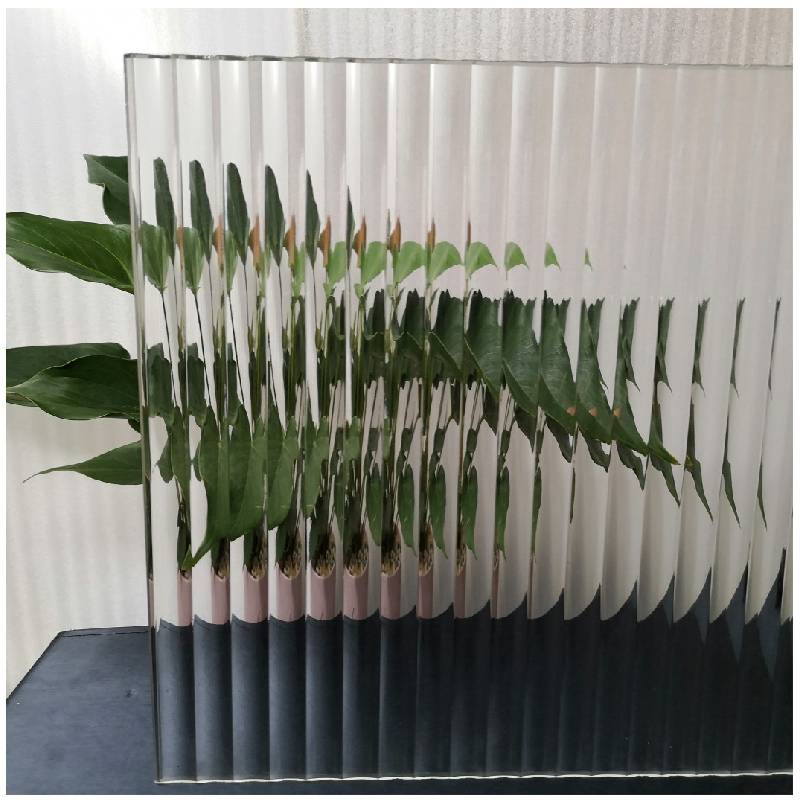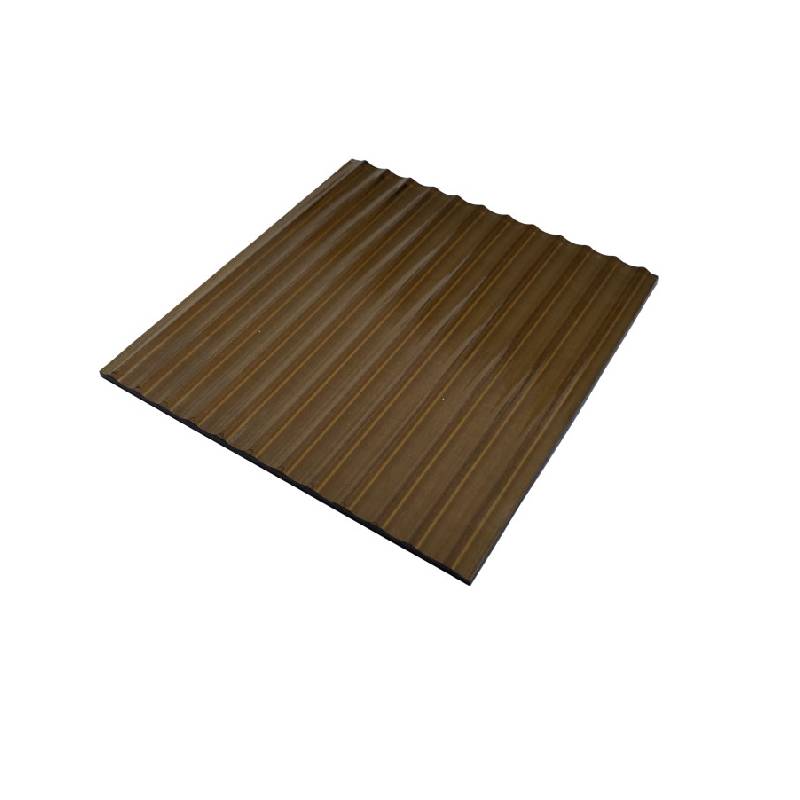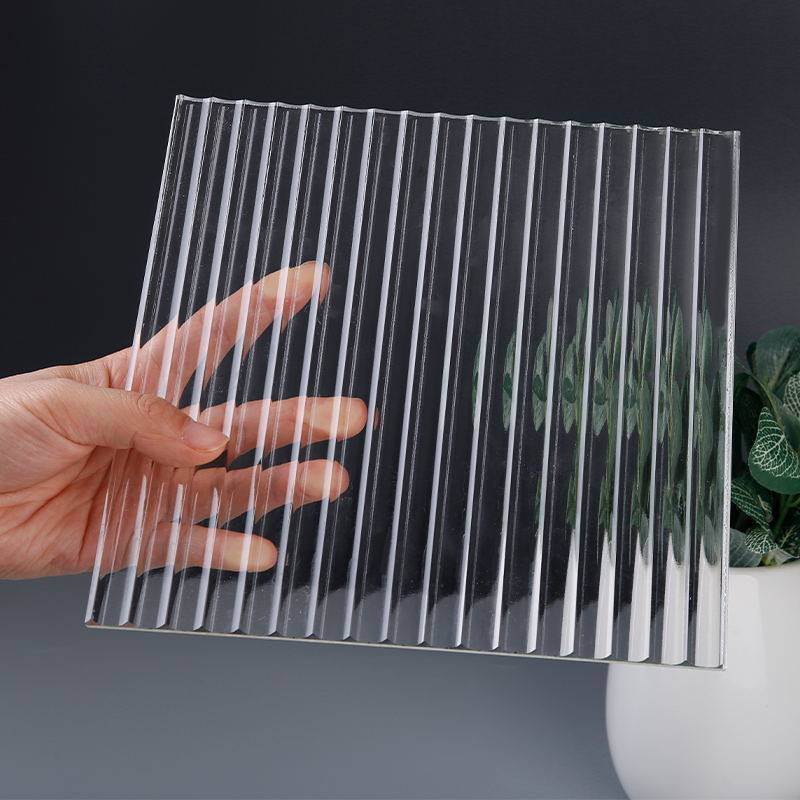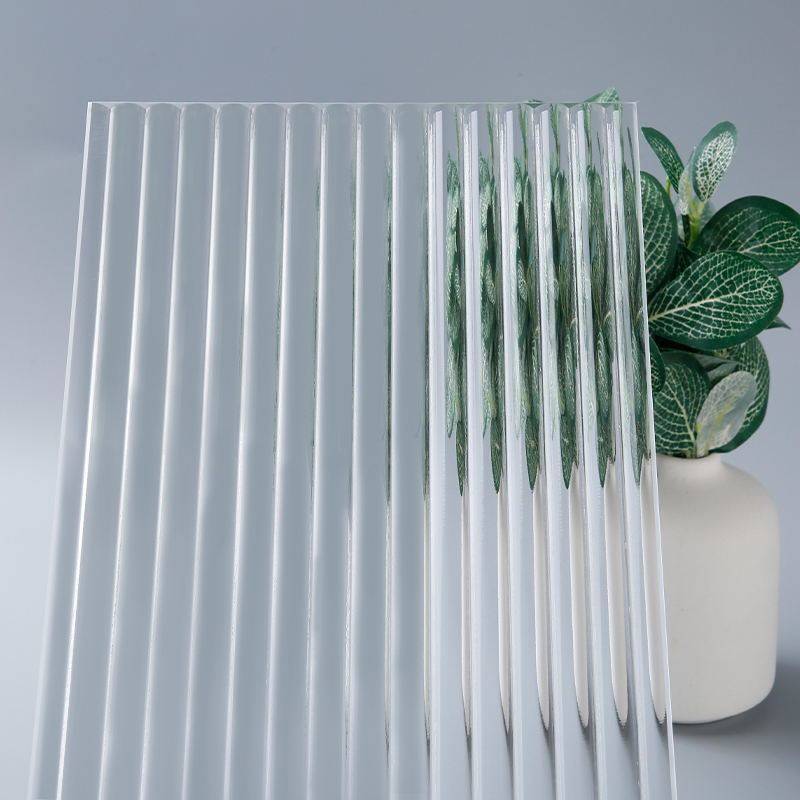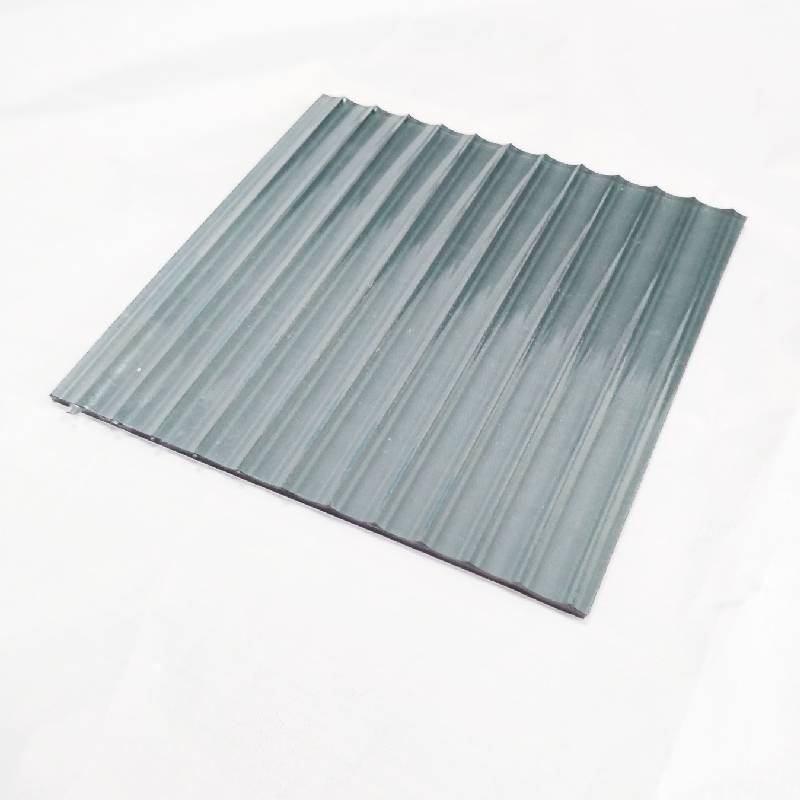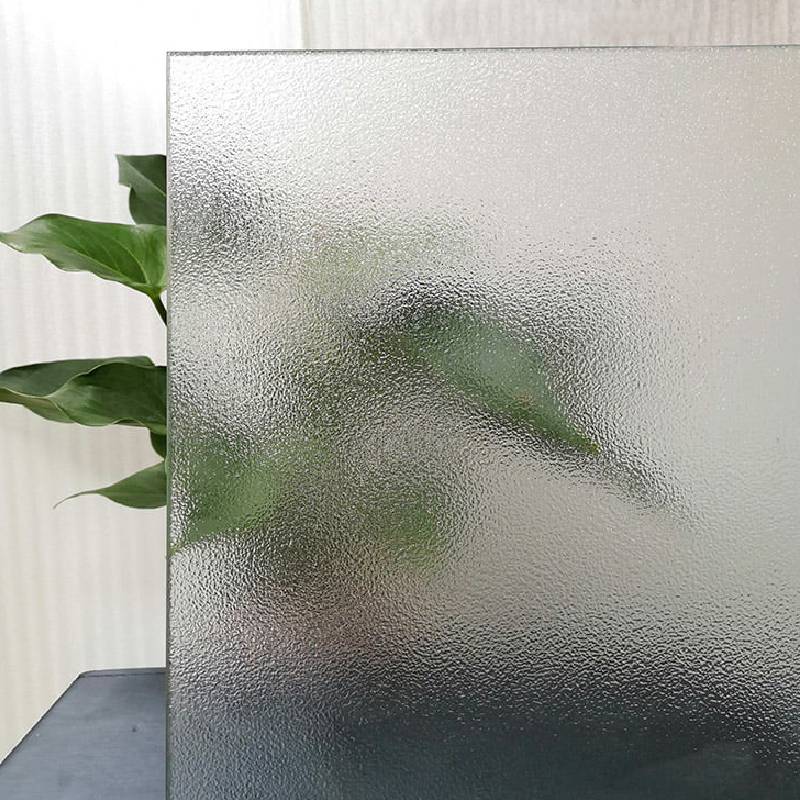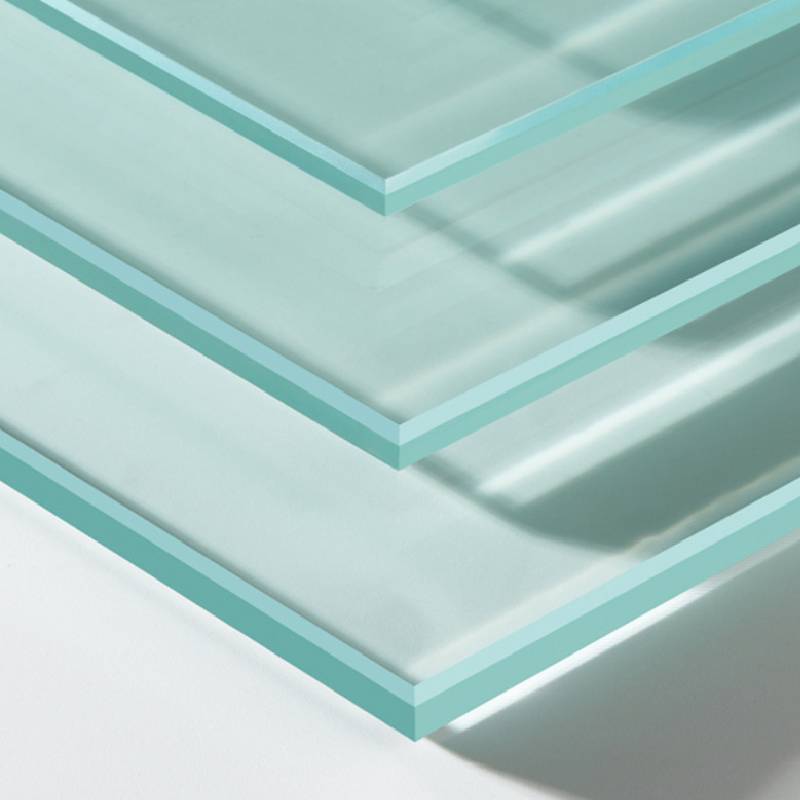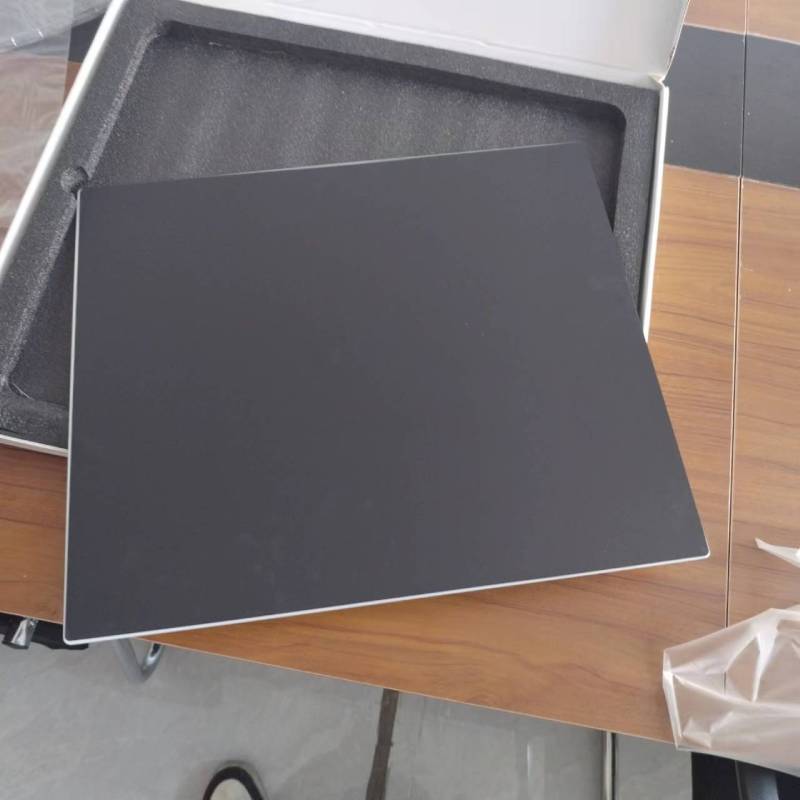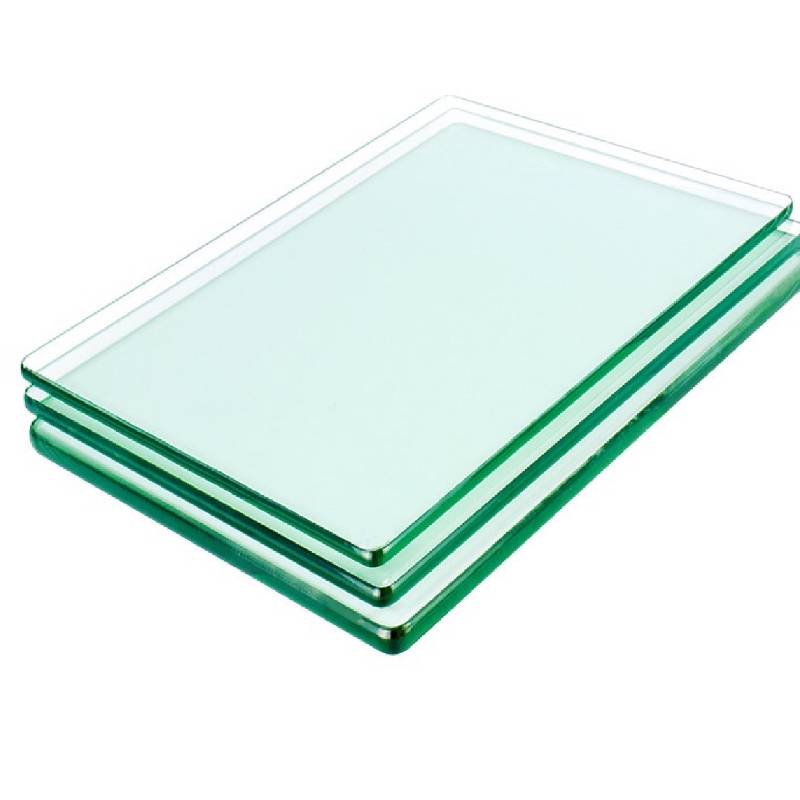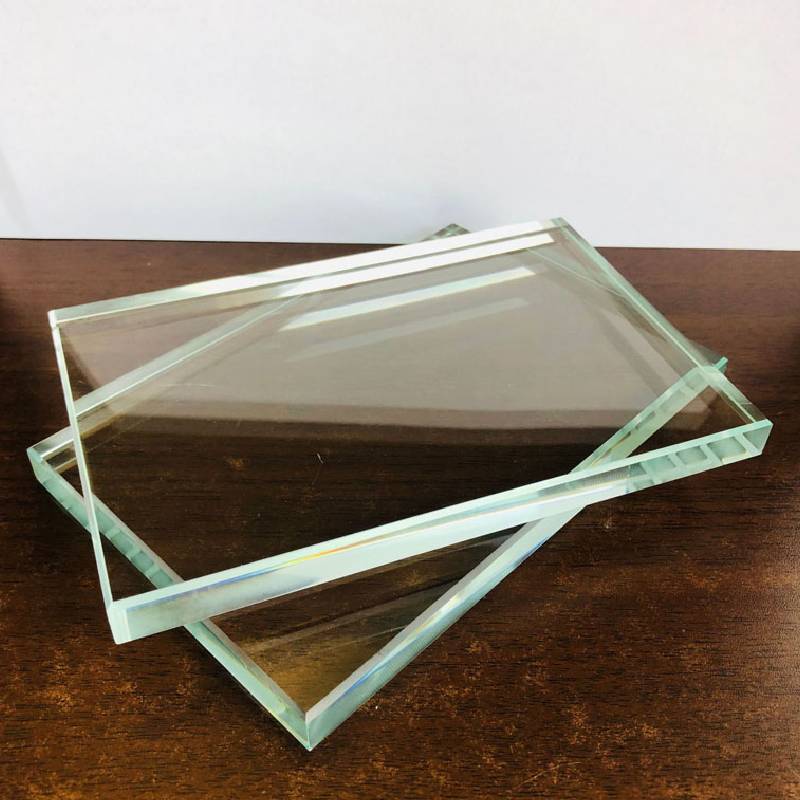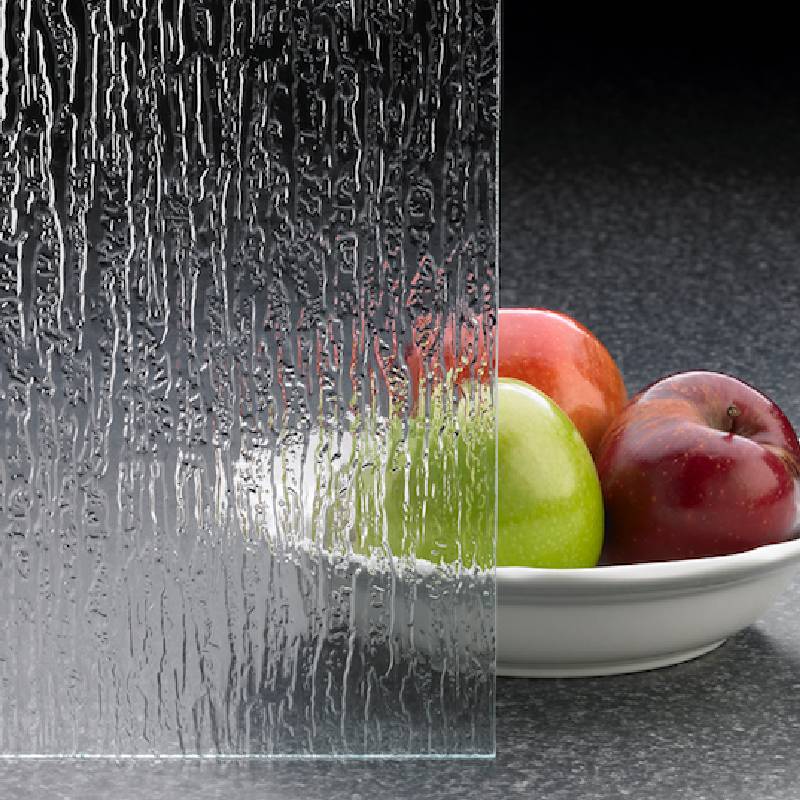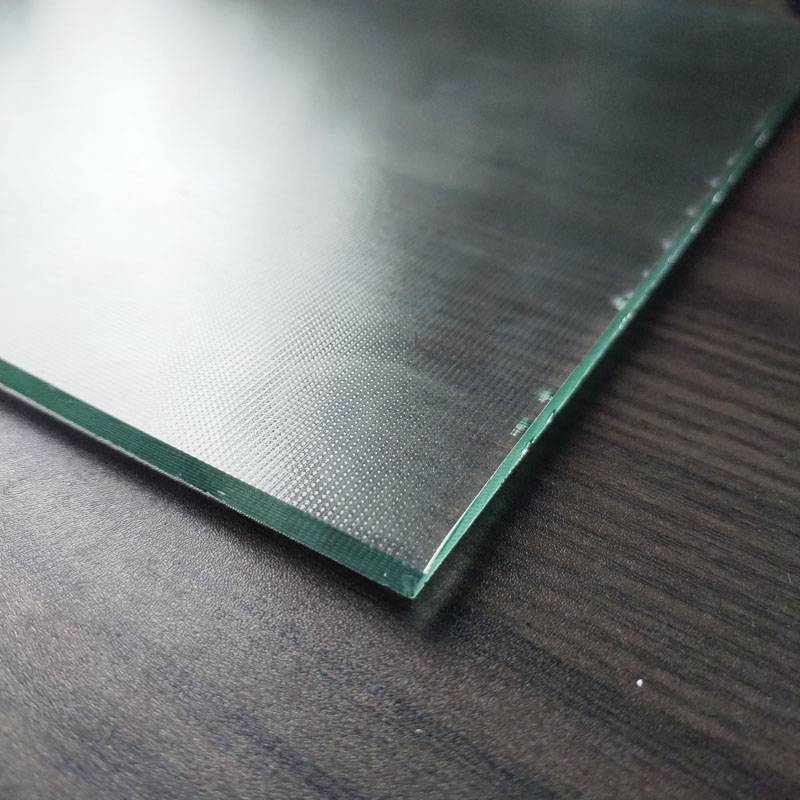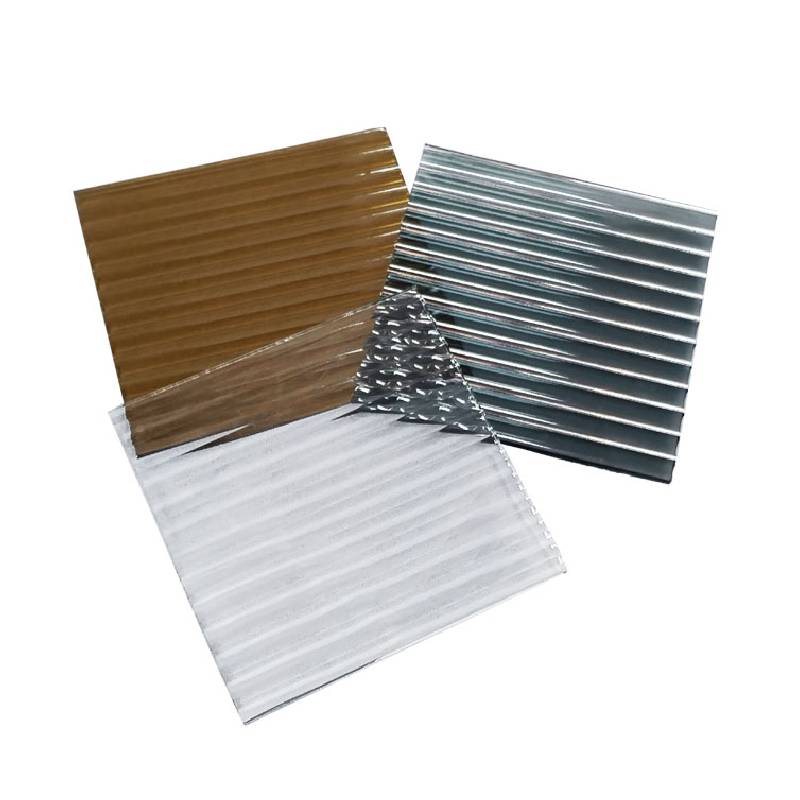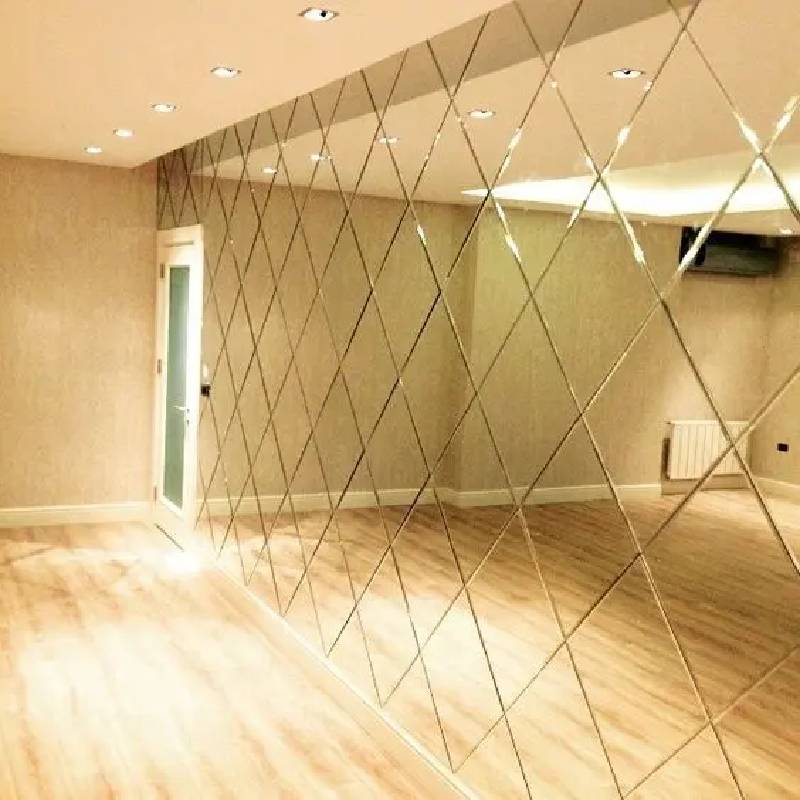- 1. Raw material selection: The process starts with the selection of high-quality raw materials, usually silica sand, soda ash and limestone. These materials were chosen for their purity and consistency, as they greatly influence the final quality of the glass.
2. Ingredients: The selected raw materials are accurately weighed and mixed together in specific proportions. This mixture, called a batch, is loaded into a furnace and melted.
3. Melting: The batch is fed into a furnace that is heated to extremely high temperatures, typically between 1,500 and 1,700 degrees Celsius (2,732 and 3,092 degrees Fahrenheit), depending on the type of glass being produced. Intense heat melts the batch into a viscous liquid called molten glass.
4. Shaping: Once the molten glass reaches the desired consistency, it is formed into the desired shape. This can be done by various methods such as blowing, pressing or moulding. For Moru glass, which often has intricate patterns, techniques such as glass blowing or hand shaping can be used to achieve the desired design.
6. Annealing: Newly formed glass undergoes a process called annealing to eliminate internal stress and strengthen the glass. This involves gradually cooling the glass at a controlled rate to ensure an even temperature distribution throughout the material.
7. Finishing: After annealing is complete, inspect the glass for any defects or blemishes. Any rough edges or sharp points are smoothed away, and the final product is cleaned and polished to enhance its appearance.
- 1. High transparency
Moru glass uses high-quality glass raw materials with high purity, so the transparency is very good and can provide excellent visual effects.
2. A sense of haziness
The vertical line texture of Moru glass has a simple geometric beauty and hazy feeling, which can have a semi-covering effect while maintaining spatial transparency.
3. Transparent but not see-through
Moru glass itself is glass, with the characteristics of glass itself transmitting light. In addition, due to its own grooves with a blurred matte surface, the reflected light, plants or decorations on the other side of the glass can be out of focus. More hazy beauty.
4. Good appearance and wide application
As a high-quality, high-transparency glass material, Moru glass has a variety of functions and functions. It has been widely used in construction, home decoration, automobile and other fields.
Clear Moru glass, ultra clear Moru glass, gray Moru glass, bronze Moru glass, golden Moru glass.
Regular thickness: 4mm, 5mm, 6mm, 8mm, 10mm
Regular size 2000*2440mm, 2100*2440mm, 2100*2800mm, 2100*3300mm
 Африка
Африка  Албан
Албан  Амхар
Амхар  Гарәп
Гарәп  Әрмән
Әрмән  Азәрбайҗан
Азәрбайҗан  Баск
Баск  Беларусия
Беларусия  Бенгал
Бенгал  Босния
Босния  Болгар
Болгар  Каталан
Каталан  Себуано
Себуано  Корсика
Корсика  Хорватия
Хорватия  Чехия
Чехия  Дания
Дания  Голландия
Голландия  Инглиз
Инглиз  Эсперанто
Эсперанто  Эстония
Эстония  Фин
Фин  Француз
Француз  Фриз
Фриз  Галисия
Галисия  Грузин
Грузин  Немец
Немец  Грек
Грек  Гуджарати
Гуджарати  Гаити креолы
Гаити креолы  hausa
hausa  hawaiian
hawaiian  Иврит
Иврит  .К
.К  Миао
Миао  Венгр
Венгр  Исландия
Исландия  игбо
игбо  Индонезия
Индонезия  ириш
ириш  Италия
Италия  Япон
Япон  Ява
Ява  Каннада
Каннада  казах
казах  Кхмер
Кхмер  Руанда
Руанда  Корея
Корея  Көрд
Көрд  Кыргызстан
Кыргызстан  Туберкулез
Туберкулез  Латин
Латин  Латвия
Латвия  Литва
Литва  Люксембург
Люксембург  Македония
Македония  Мальгаши
Мальгаши  Малайча
Малайча  Малаялам
Малаялам  Мальта
Мальта  Маори
Маори  Марат
Марат  Монгол
Монгол  Мьянма
Мьянма  Непал
Непал  Норвегия
Норвегия  Норвегия
Норвегия  Окитан
Окитан  Пушту
Пушту  Фарсы
Фарсы  Поляк
Поляк  Португал
Португал  Пәнҗаби
Пәнҗаби  Румыния
Румыния  Рус
Рус  Самоа
Самоа  Шотландия Гэль
Шотландия Гэль  Серб
Серб  Инглиз
Инглиз  Шона
Шона  Синдхи
Синдхи  Синхала
Синхала  Словакия
Словакия  Словения
Словения  Сомали
Сомали  Испан
Испан  Сундан
Сундан  Суахили
Суахили  Швед
Швед  Тагалог
Тагалог  Таҗик
Таҗик  Тамил
Тамил  Татар
Татар  Телугу
Телугу  Тай
Тай  Төрек
Төрек  Төрекмәнстан
Төрекмәнстан  Украин
Украин  Урду
Урду  Уйгур
Уйгур  Uzbekзбәк
Uzbekзбәк  Вьетнам
Вьетнам  Уэльс
Уэльс  Ярдәм итегез
Ярдәм итегез  Идиш
Идиш  Йоруба
Йоруба  Зулу
Зулу 

